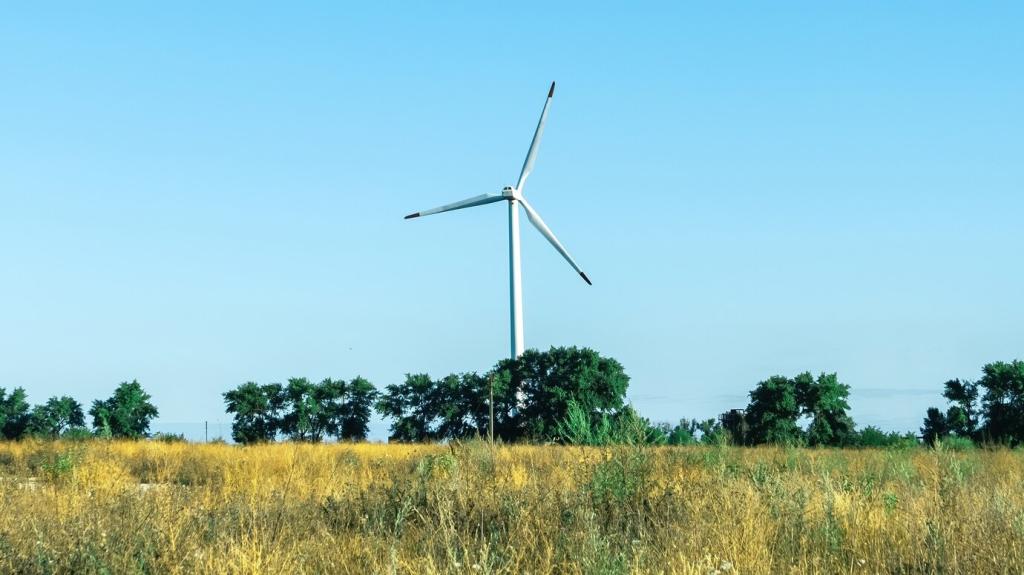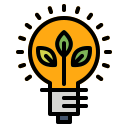The Impact of IoT on Home Energy Management
Smart meters equipped with IoT capabilities offer granular data about electricity usage, sometimes down to the minute or even second. These meters connect wirelessly to home networks, providing real-time information displayed through user-friendly dashboards and mobile apps. Homeowners can quickly identify which appliances are consuming the most energy and at what times of day, allowing them to make informed decisions about usage. This new level of transparency was simply unattainable with traditional analog meters or even first-generation digital meters, marking a significant advance in home energy management.

Enabling Automated Energy Efficiency
Smart Thermostat Optimization
Smart thermostats, powered by IoT, revolutionize the way heating and cooling systems operate. By learning household routines and preferences, these devices automatically adjust temperature settings to reduce energy usage when residents are away or asleep. Over time, integrated sensors and data analytics further refine their operation, identifying opportunities to run HVAC equipment more efficiently. The result is not only lower utility costs but also improved comfort, as climate control is always tailored to actual household needs without manual intervention.
Intelligent Lighting Control
Connected lighting systems allow homeowners to automate the activation and dimming of lights based on time of day, occupancy, or even natural light availability. IoT-enabled motion detectors and luminance sensors work together with smart bulbs or switches to ensure lights are used only when needed and at optimal levels. Users can also control lighting remotely, adjusting brightness or turning off forgotten lights via their smartphones. This reduces unnecessary energy expenditure while offering absolute convenience, ultimately leading to significant energy savings and a reduced environmental footprint.
Appliance Scheduling and Demand Response
By connecting appliances such as washing machines, dishwashers, and water heaters to an IoT-based home energy management system, residents can schedule energy-intensive tasks to times when electricity rates are lower or renewable energy generation is high. Moreover, some utilities offer demand response programs, where IoT-enabled devices automatically reduce or shift energy consumption during peak demand periods. This not only helps homeowners save money but also supports grid stability and sustainability by smoothing out spikes in electricity usage across communities.

Enhancing User Engagement and Behavioral Change
Many IoT platforms use gamification to motivate homeowners to reduce energy usage. Through point systems, achievement badges, or friendly competitions with neighbors, users become more engaged with their consumption habits. Real-time feedback and progress tracking keep the experience interactive, while incentives such as discounts, rebates, or community recognition reinforce positive behaviors. This approach leverages psychological principles to sustain long-term energy savings, turning conservation efforts into an accessible and rewarding part of daily life.
